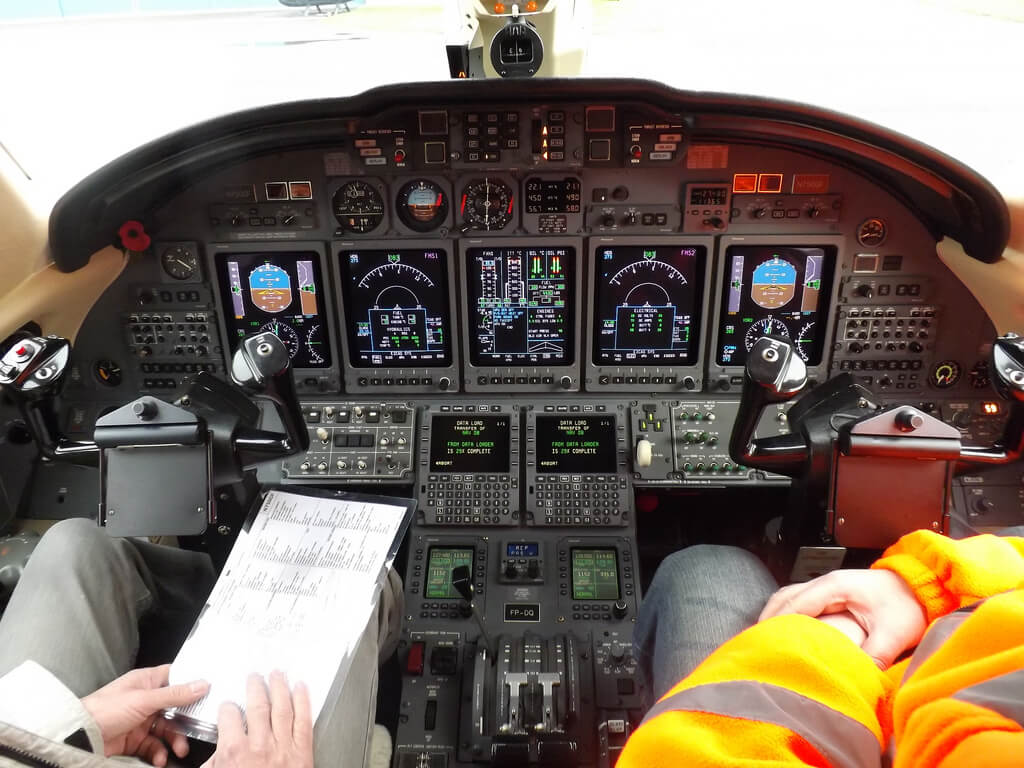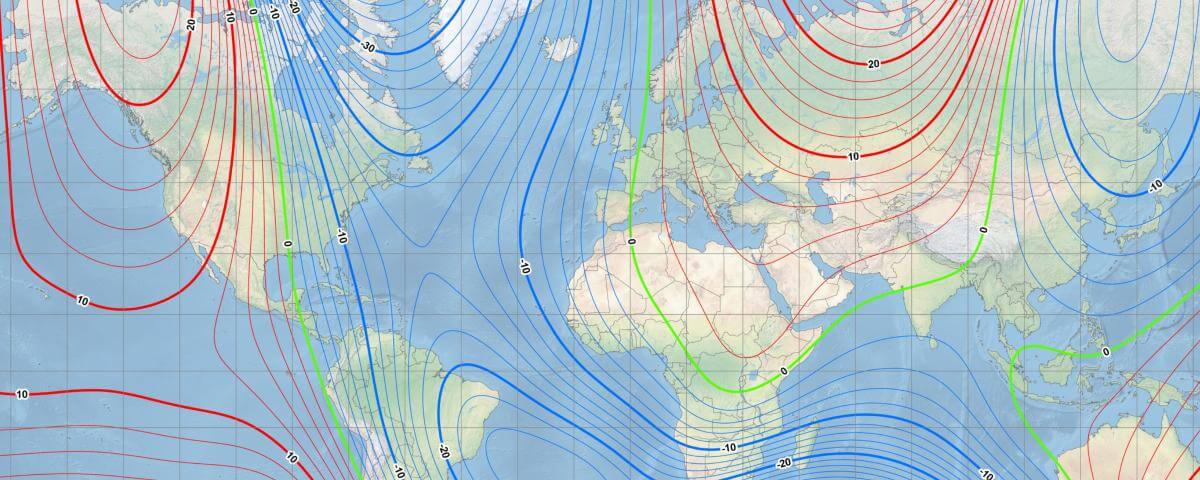Why it matters: An unpredictable magnetic north is making it difficult for high accuracy navigation systems to remain fully functional. Although not a problem for the general population, the effects of a shifting pole are creating headaches for military systems.
Compasses have been used for navigation long before GPS was ever even dreamed of. The magnetic north pole has always been moving, but the most recent release of the World Magnetic Model shows that it is moving very quickly, but nobody really knows how to predict its shift.
Since the model is created and released by the National Oceanic and Atmospheric Administration, the US government shutdown delayed the release of the latest data set. Everyday users of maps applications will never notice the subtleties caused by a misplaced magnetic pole, but submarines and aircraft do still rely on compasses in addition to newer technologies.
If any Google Maps of Apple Maps users were navigating above latitudes of 55 degrees, there is a good chance that the screen would not correctly show directional orientation. However, chances are very low that anyone is traveling around the Arctic region using only their smartphone for directions.

Airport runways are named with numeric identifiers based on where magnetic north is. Denver International Airport has changed designations by 2.5 degrees since it opened 22 years ago. If the magnetic model is not frequently updated, confusion could easily arise when runway names do not match with instrumentation.
Given that most compasses in use for navigation are now digital or are part of digital systems, software updates can easily remedy the situation. Aircraft, submarines, and handheld devices can all be patched with relatively simple fixes.
Magnetic north is currently moving more than 34 miles per year, up from just seven miles throughout the mid 1900s. The one thing scientists can all agree upon is that the movement of magnetic poles is impossible to accurately forecast for the future. North and south magnetic poles have traded places multiple times throughout history as shown from geologic observations, each change happening between 200,000 and 300,000 years apart.
A magnetic tug-of-war type event has been going on between a region under Canada and Siberia. Most recently, it appears that magnetic north is shifting more rapidly towards Siberia, but that could change without warning at any time.
